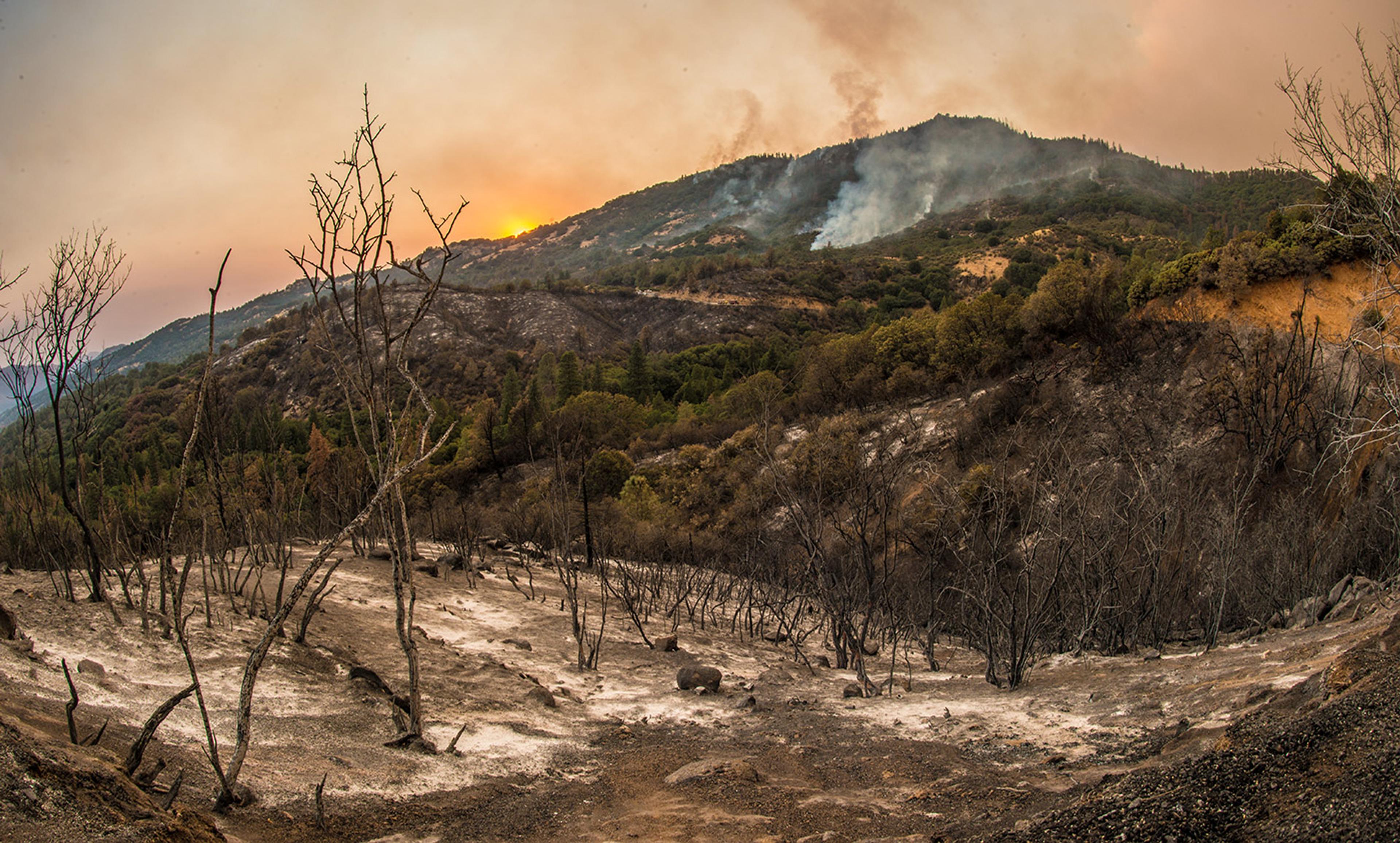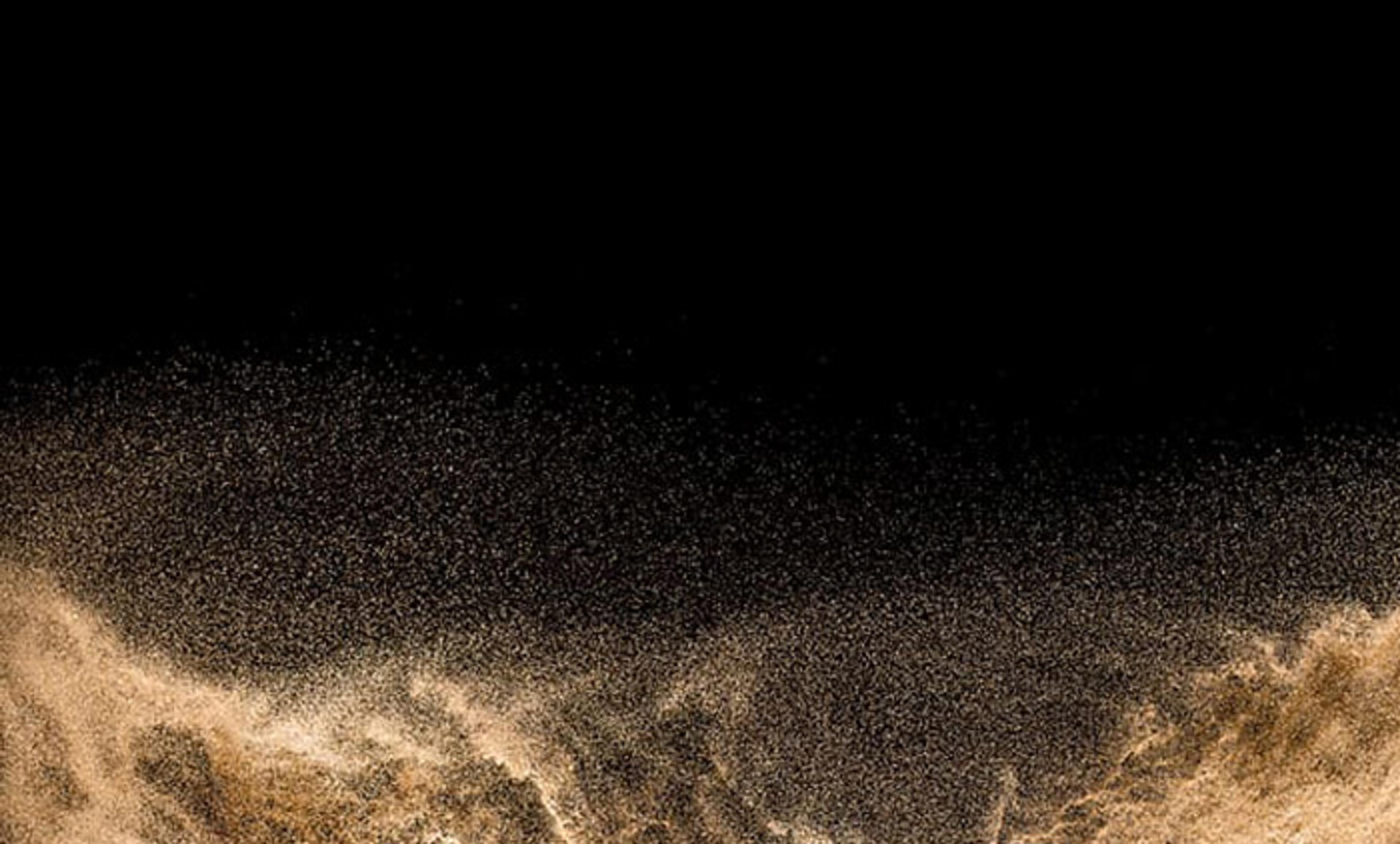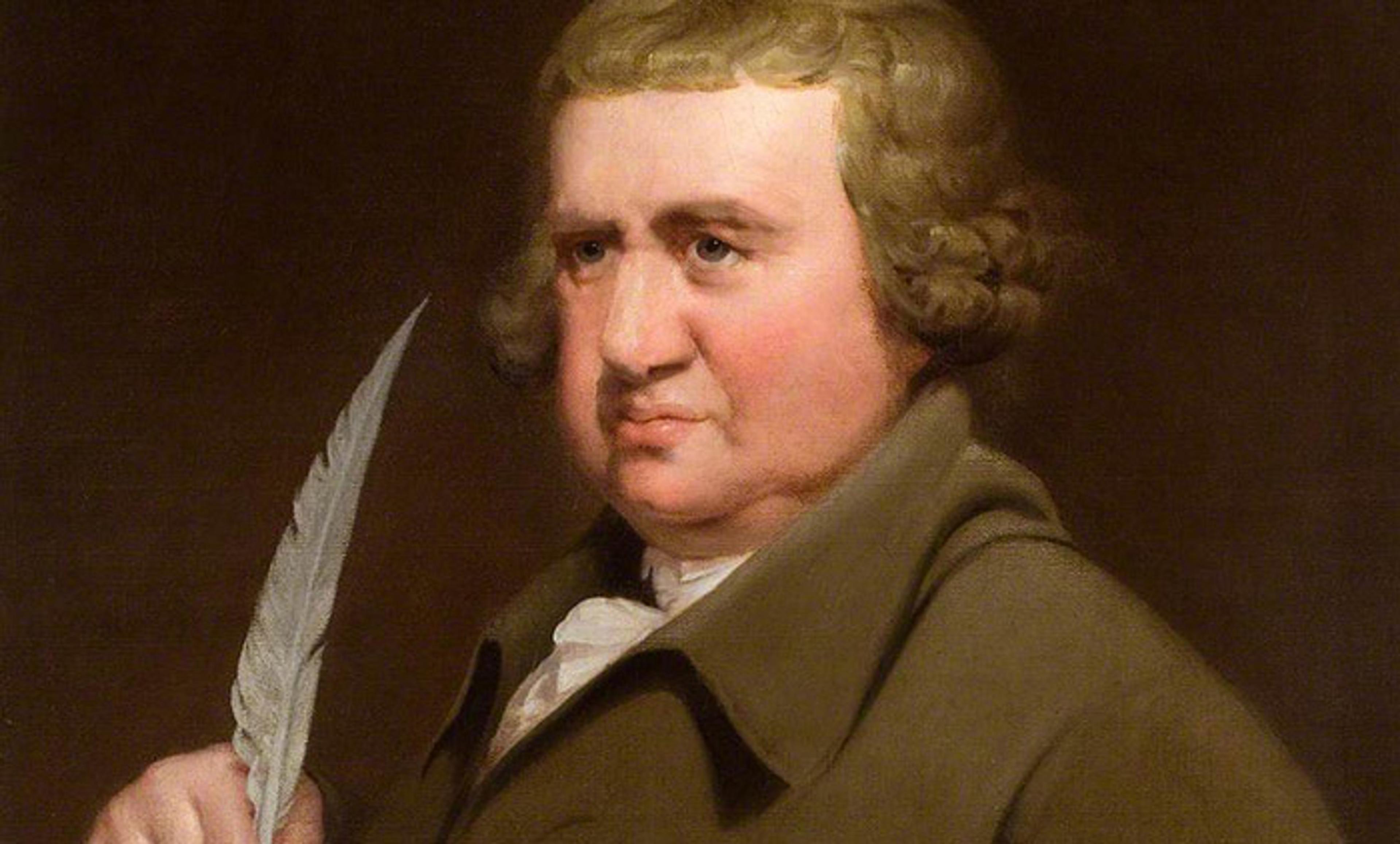
Landscape with Birds, (showing a dodo in the lower right corner) by Roelant Savery, 1628. Courtesy Wikimedia
When I hike up into the hills around Salt Lake City, above the Bonneville Shoreline Trail where the sagebrush gives way to the shade of the forest, mastodons are on my mind. Immense bones pulled from a sinkhole on the nearby Wasatch Plateau placed Mammut americanum in the area about 7,500 years ago – practically yesterday from the perspective of Deep Time. It might sound strange to say that I miss creatures I wasn’t around to see in the first place. But still, I mourn their loss as I plod through the woods, imagining their low rumbles and the splintering crashes as they browsed among the trees.
A small but growing number of scientists say that they could reverse that loss through de-extinction – genetic resuscitation in the style of the sci-fi yarn Jurassic Park. The idea is also now being marketed as conservation’s great hope to forestall the loss of biodiversity caused by humans. Biological Xeroxing was held up as one of the possibilities for species resuscitation at a National Geographic TEDx event on de-extinction in 2013. That same year, the discovery of a particularly juicy mammoth carcass, dripping with what appeared to be blood, sparked a flurry of reports assuring readers that the return of the mammoth is nigh. For if there’s blood, there’s DNA, and if there’s DNA, then we can have the Ice Age beast back, right?
If only that were true. What’s left of the great beasts is eroding away day by day, bone by bone and gene by gene. The mastodon – as well as mammoths, sabercats, ground sloths, and more recently departed entries on the de-extinction wishlist – are lost forever. Worse, the proposals for bringing them back perpetuate a skewed view of nature. By trying to raise the dead, we risk turning long-lost species into nothing more than contextless bags of genes, ignoring the crucial aspects that made them distinctive in the first place.
At one level, the problem is technological. In her book How to Clone a Mammoth (2015), ancient DNA expert Beth Shapiro admits upfront that cloning is not going to work for many lost species – including, ironically, the mammoth. That’s because the delicate and complicated process of cloning requires an intact, living cell to start with. It is possible, perhaps, to merge recovered DNA with the cell of a living related animal, but DNA starts to degrade at death. Researchers will have to scrape up snippets of damaged DNA from bones, teeth, and hair, assemble those into their best estimation of the extinct animal’s genome, and then figure out how to turn those reams of data into a viable embryo that can be carried to term by a surrogate parent.
If we’re ever going to see anything like a living woolly mammoth, Shapiro writes, it’ll more likely come from genetically editing living elephants until they look like the expected result. The Harvard geneticist George Church, a heavy hitter among de-extinction advocates, announced last year that his team was able to stitch woolly mammoth DNA into the genome of an Asian elephant. A genetic tweak doesn’t a mammoth make, but it’s hard to ignore the fact that one of the most highly regarded genetics labs in the country is working to reverse-engineer the genus Mammuthus.
And yet we’ll never truly get the woolly mammoth or any other extinct species back. Proponents of de-extinction don’t see much difference between a hulking shaggy elephant and a genetic printout. In this view, a mastodon, a Tasmanian tiger or a passenger pigeon is a collection of nucleotide As, Ts, Cs, and Gs that, when turned into flesh, will make an organism look and act as we expect. And there lies the more fundamental problem. Many of these animals were wiped out before there were any detailed records of their behaviour or natural history. Any resurrected species – whether recreated by cloning or some other method – is really just a hypothesis in physical form.
Paleontologists used to think that there were three distinct, co-existing mammoth species in North America during the Ice Age. A de-extinction engineer might choose to recreate a shaggy woolly mammoth, a large and comparatively bald Columbian mammoth, or a dwarfed Channel Islands mammoth. But now experts have realised that those seemingly discrete mammoths interbred and might have been a single and highly variable species, as much at home in the dry scrubland around the La Brea tar pits as on the frozen steppe. Trying to make a woolly mammoth tailored to an imagined life in the tundra would yield only a half-mammoth at best, robbed of the variability that allowed its kind to roam so far and wide.
Even the most carefully assembled genetic profile isn’t sufficient to recover what extinction has obliterated. A genome is part of a species, not the species itself. Mammut americanum was an interacting population of creatures, the young ones learning what it was to be a mastodon from their mothers as they grew up to tear tree limbs and chaw through bark. Any recreated species would enter a world that has moved beyond it, lacking its original ecological niche and social structure.
There is a worthy goal to de-extinction, but it is not to bring to life a single charismatic creature. Rather, it is to restart ecological interactions and cascades that have been damaged or gone dormant. The purpose of a reconstituted mastodon, then, would be not to revive a species but to kickstart a cascade that would increase the ecosystem’s overall diversity and health.
We’re in the age of conservation triage, when we are deciding daily what we want the future of nature to look like. There is no part of nature that hasn’t been touched by humanity, so we can’t sit back and pretend to uphold an isolationist policy. If we’re going to change the Earth, we might as well do so with care and intent. If it takes one human-tweaked species to create a better habitat for a dozen others, so be it. I don’t balk at the thought of an elephant genetically modified to act like a mastodon, scarfing down Osage oranges and honey locust pods to once again disperse their seeds across the landscape. But any revived species would be the beginning of something new, rather than the restoration of the old.
We’ve lost the mastodon, along with the Carolina parakeet, the Xerces blue butterfly, and more every day. We cannot bring them back, but we can use the sting of loss to remind us of our responsibility to save what’s left, even by unconventional means. Extinction is forever. That fact makes every living species all the more precious.





